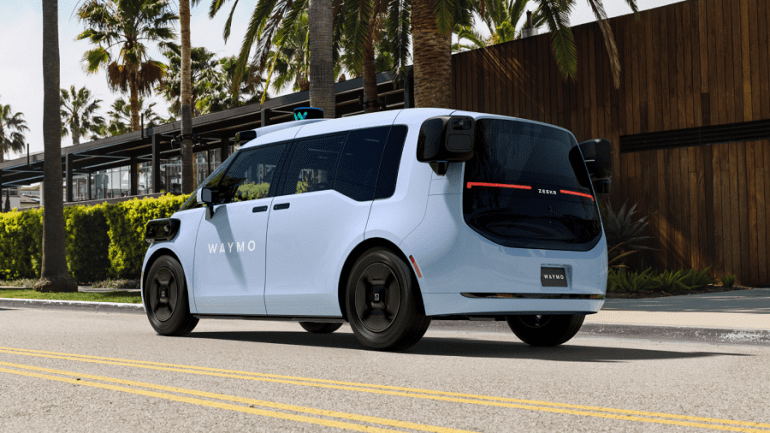- Waymo introduces its sixth-generation Driver system, enhancing autonomous taxi capabilities.
- The system improves obstacle detection to over 1,600 feet and increases computational power.
- Driver employs various sensors, including cameras, lidar, radar, and a microphone array.
- The new system is more cost-efficient and has fewer sensors while maintaining high performance.
- Waymo’s fleet will transition from Jaguar I-Pace SUVs to electric vehicles from Zeekr.
- Alphabet’s recent $5 billion investment will support fleet expansion and market growth.
- Testing is ongoing in new cities, signaling potential expansion beyond current markets.
Main AI News:
Waymo LLC, an Alphabet Inc. subsidiary, has launched its sixth-generation Driver system, marking a significant leap in autonomous driving technology. The new system enhances Waymo’s taxis with improved obstacle detection, capable of spotting objects over 1,600 feet away, and boosts computational power for higher-resolution environmental data. This upgraded Driver will be deployed in a fleet of autonomous electric vehicles from Zeekr Intelligent Technology Holding Ltd.
Waymo’s Driver, similar to Mobileye Global Inc.’s Drive system, uses a combination of sensors for safe navigation, including cameras for daytime tracking and lidar for night operations. These sensors map environments even in low-visibility conditions. Radar modules complement lidar by overcoming its limitations in adverse weather and long distances, ensuring continuous environmental awareness. With multiple sensor arrays, the system’s redundancy reduces the risk of hardware failure, while enhancements protect sensors against harsh winter weather.
Satish Jeyachandran, Waymo’s Vice President of Engineering, highlighted the substantial performance margins built into the sensors, which ensure reliability even in challenging conditions. Notably, the new Driver system is more cost-efficient, featuring fewer sensors—13 cameras instead of 29 and one less lidar sensor.
Currently, Waymo’s fleet consists mainly of Jaguar I-Pace electric SUVs. However, the new Driver system will shift the focus to electric vehicles from Geely Holding’s Zeekr subsidiary, which may offer more accessible interiors.
This upgrade follows Alphabet’s $5 billion investment to expand Waymo’s fleet with the latest Driver technology. Testing is underway in Detroit, Buffalo, and New York, signaling possible market expansion beyond its current operations in San Francisco, Los Angeles, and Phoenix, where it has completed over 2 million trips.
Waymo’s advancements with the new Driver system underscore its commitment to leading the future of autonomous mobility, offering a more advanced, reliable, and cost-effective solution.
Conclusion:
Waymo’s introduction of its sixth-generation Driver system marks a significant advancement in the autonomous vehicle industry, positioning the company as a leading force in the market. By enhancing sensor capabilities and reducing costs, Waymo makes autonomous driving more efficient and accessible. The shift to electric vehicles from Zeekr and the continued expansion into new cities indicate that Waymo is preparing for broader market penetration. This development will likely intensify competition in the autonomous driving sector, encouraging innovation and accelerating the adoption of self-driving technology across various markets. As Waymo strengthens its position, other players in the industry will need to respond with similar advancements to maintain relevance and competitiveness.

